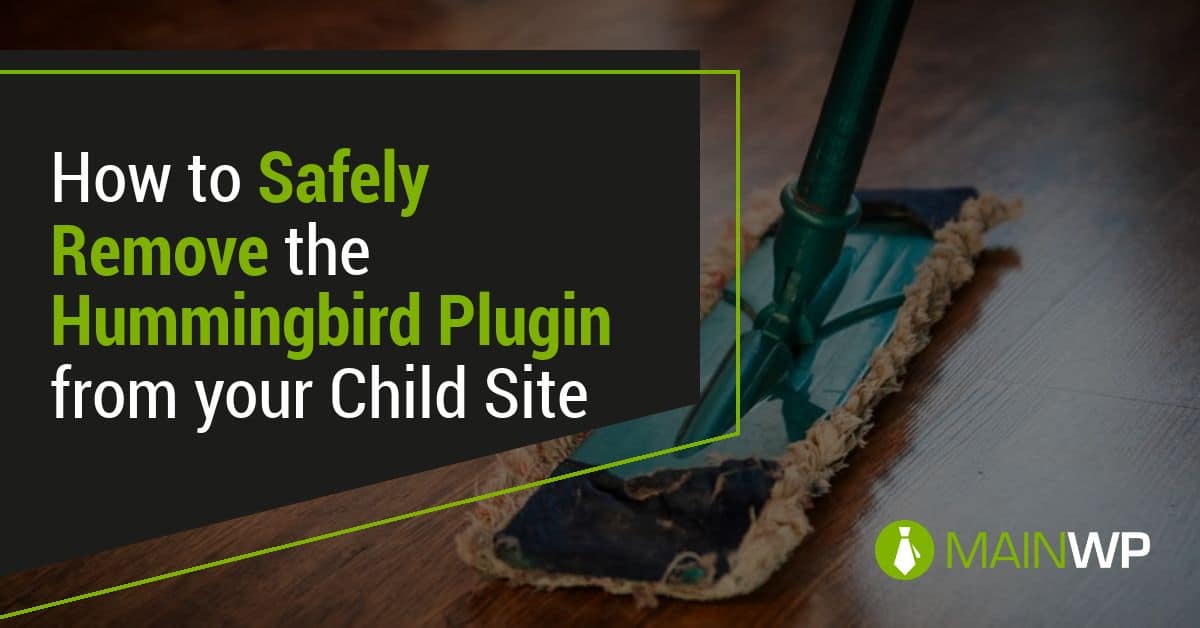Hummingbird is a caching and performance plugin with over 70k active installs, but the plugin can cause issues and does not work well as a page caching plugins.

The plugin deactivation in Hummingbird will not delete the advanced-cache.php drop in it adds, nor will it remove the constant added into your site wp-config.php.
The file to remove if you no longer want to use Hummingbird and use another lightweight solution is;
wp-cache.php in the wp-content/wphb-cache folder. You can delete the wphb-cache folder from the wp-content folder on the site server.
The other file that Hummingbird will create is;
The constant to remove in the wp-config.php file is the following;
define('WP_CACHE', true); // Added by WP Hummingbird
Hummingbird plugin on uninstall will remove the created options it sets on activation.
wphb_settings
wphb_version
wphb-caching-data
wphb-free-install-date
wphb-gzip-data
wphb-last-report
wphb-notice-uptime-info-show
wphb-quick-setup
wphb-stop-report
To ensure all Hummingbird data is removed during uninstall, go to the following admin menu in wp-admin;
Hummingbird > Settings > Data & Settings

Set uninstallation settings to reset and data to remove. Two other solid options to look at for page caching would be Cache Enabler used with Autoptimize and Async JavaScript. Knowing which plugins really work will help keep your client sites working well.








4 thoughts on “How to Safely Remove the Hummingbird Plugin from your Child Site”
Thank you!
Your welcome.
Really nice, Very helpful, just what I needed today.
One thing to note is that the Must Use Plugins don’t work like regular plugins which are typically each stored in their own directory with one file that contains a plugin header. With MU plugins WordPress only looks in the mu-plugins directory for .PHP files and not for files in subdirectories so if you want to move regular plugins over to the MU plugins directory you’ll probably need to create a proxy .PHP file. That file should contains a PHP require_once() to include the plugin’s main .PHP from its subdirectory, or you can create a single .PHP file with a require_once() for each of the plugins you have in the mu-plugins directory. That’s why I just had to do when I moved the plugins over.
Hope this helps.
Hey! Sebastian
I would try this and let you know.. See you again!
Comments are closed.